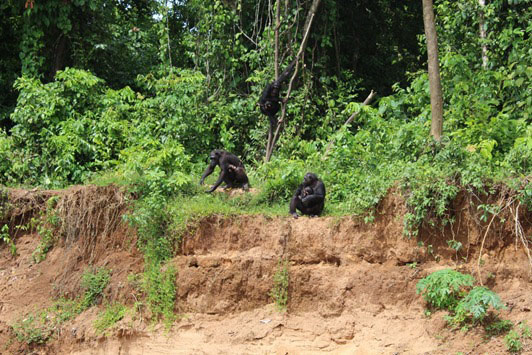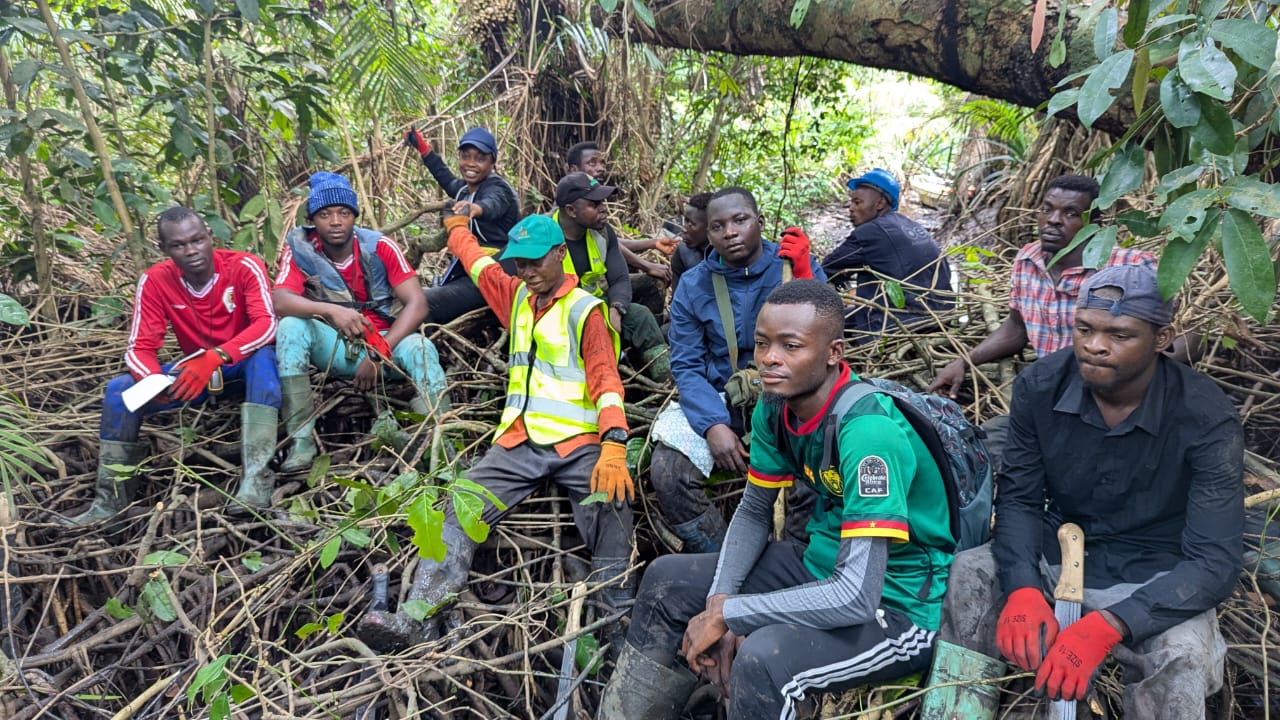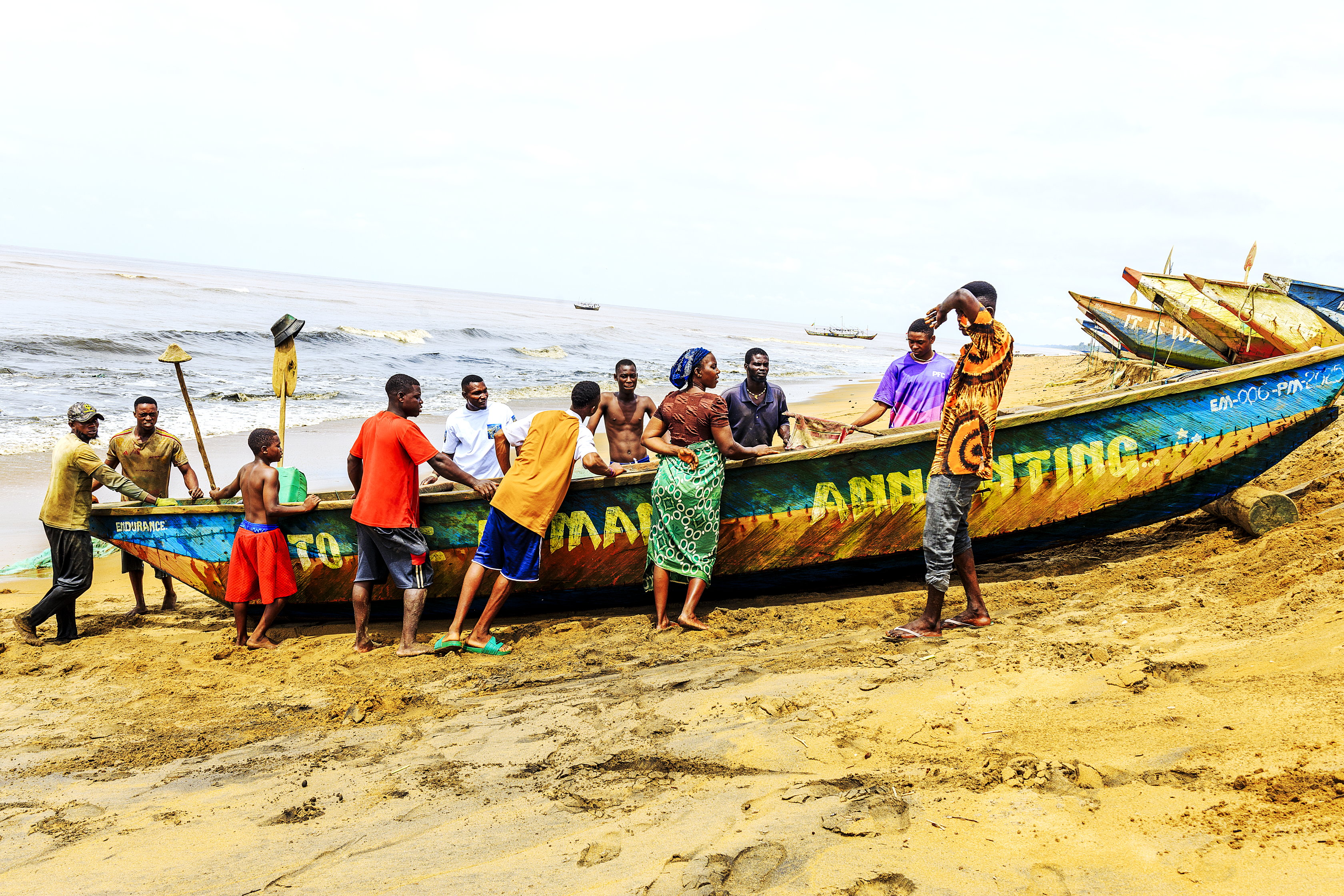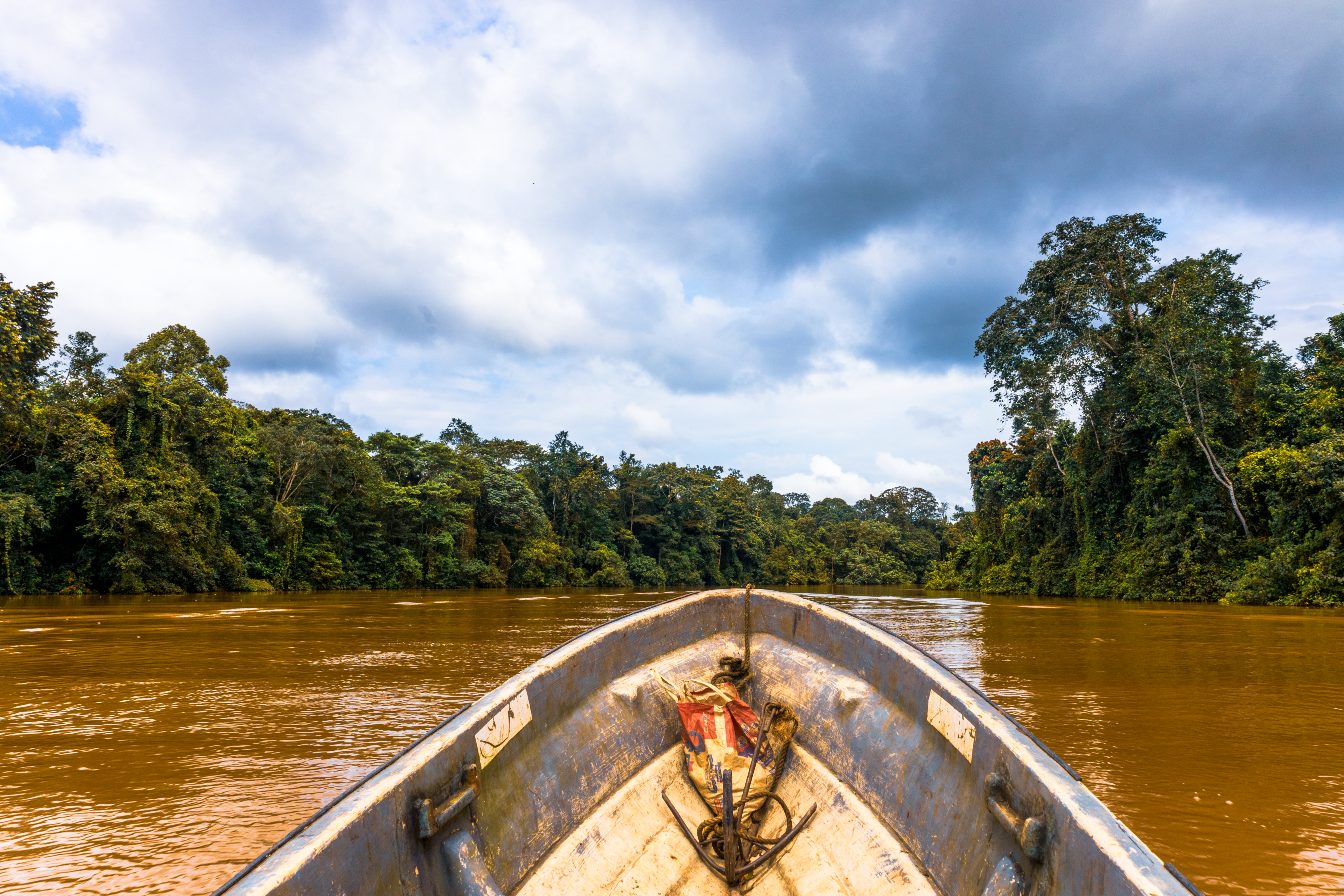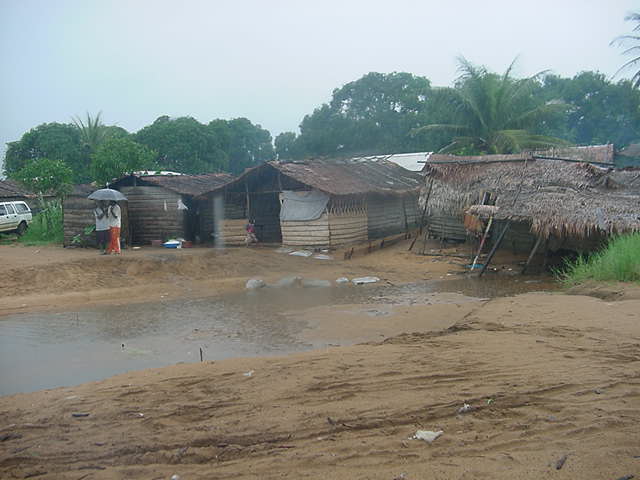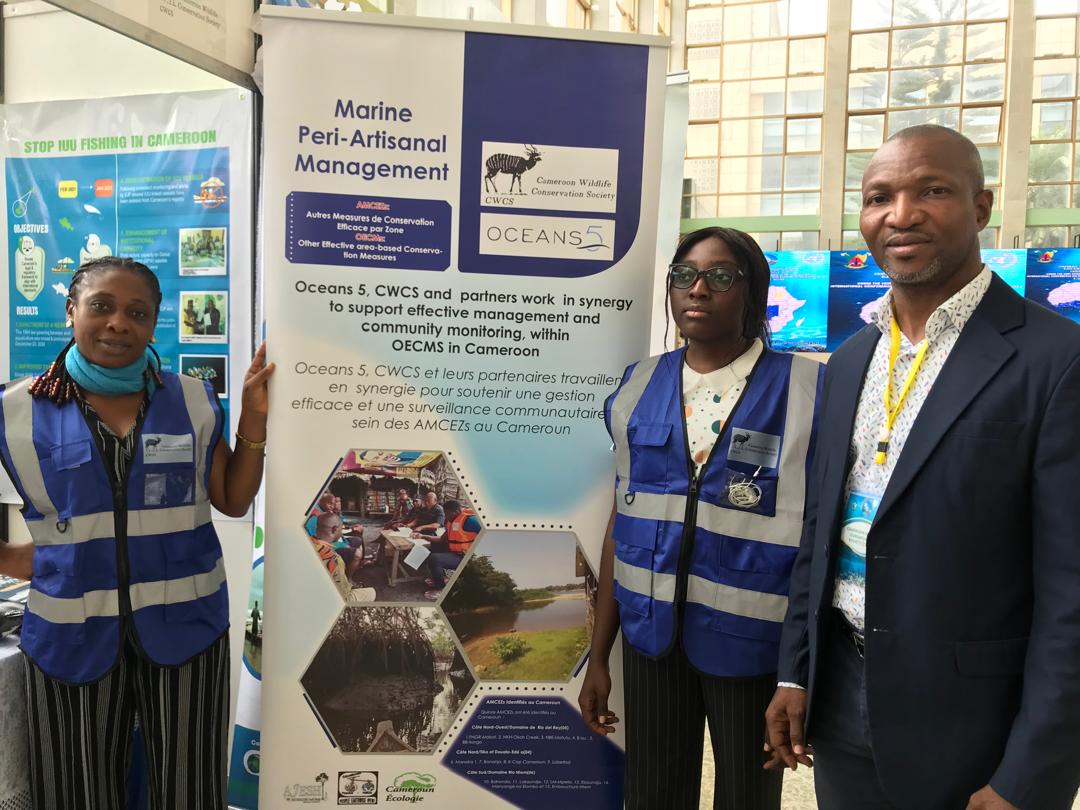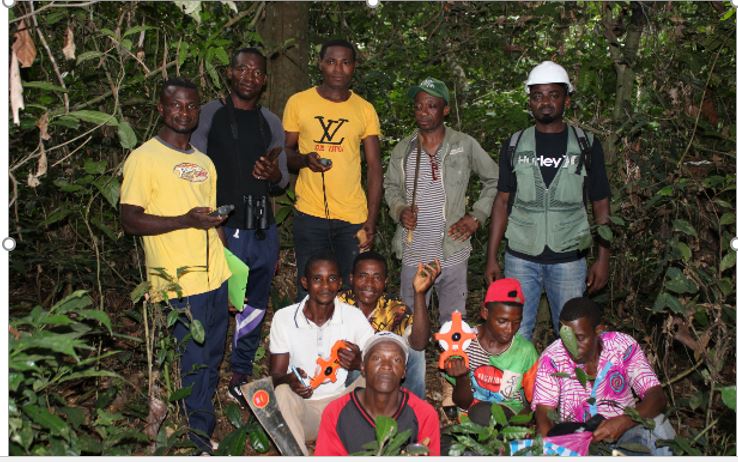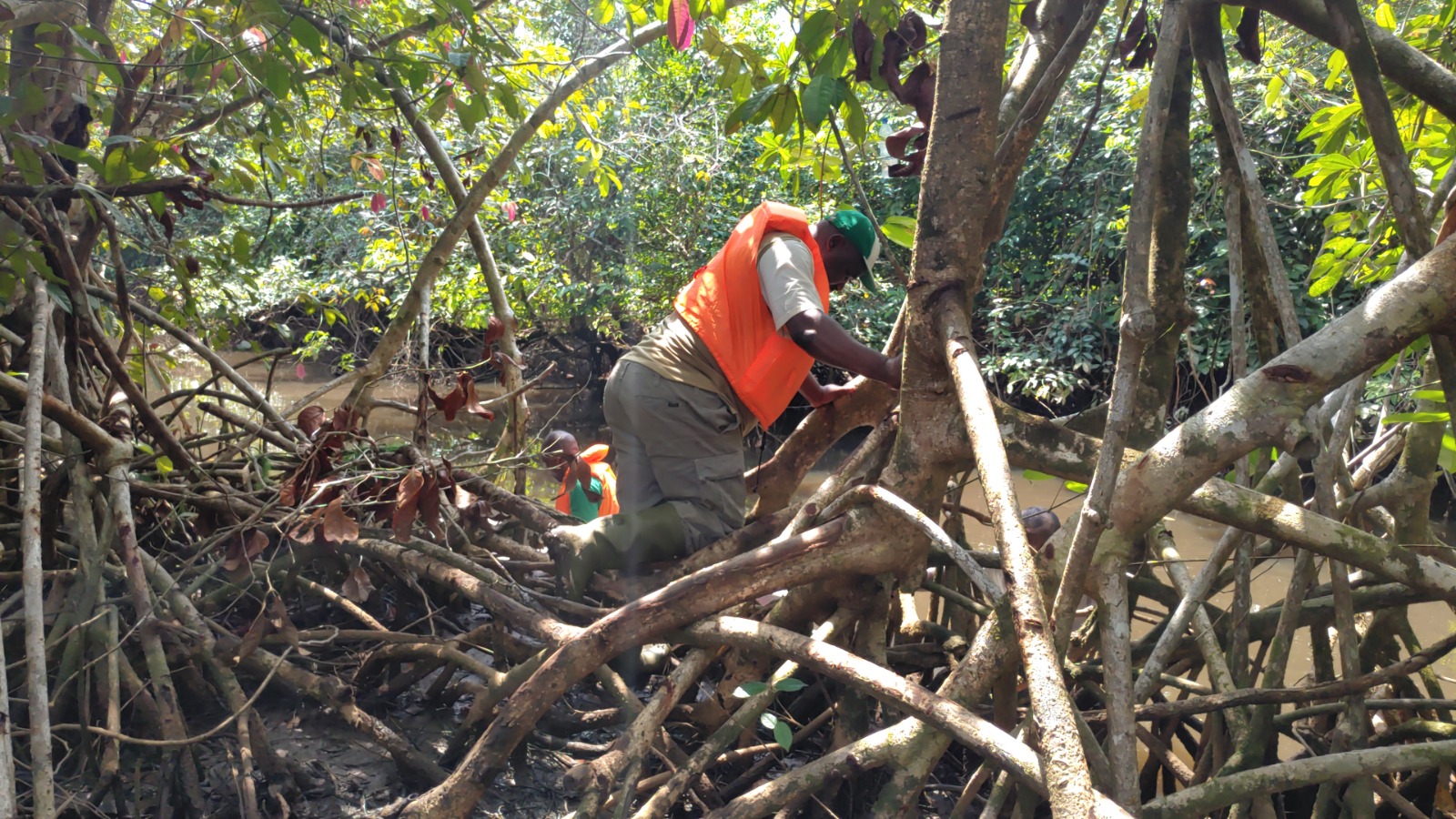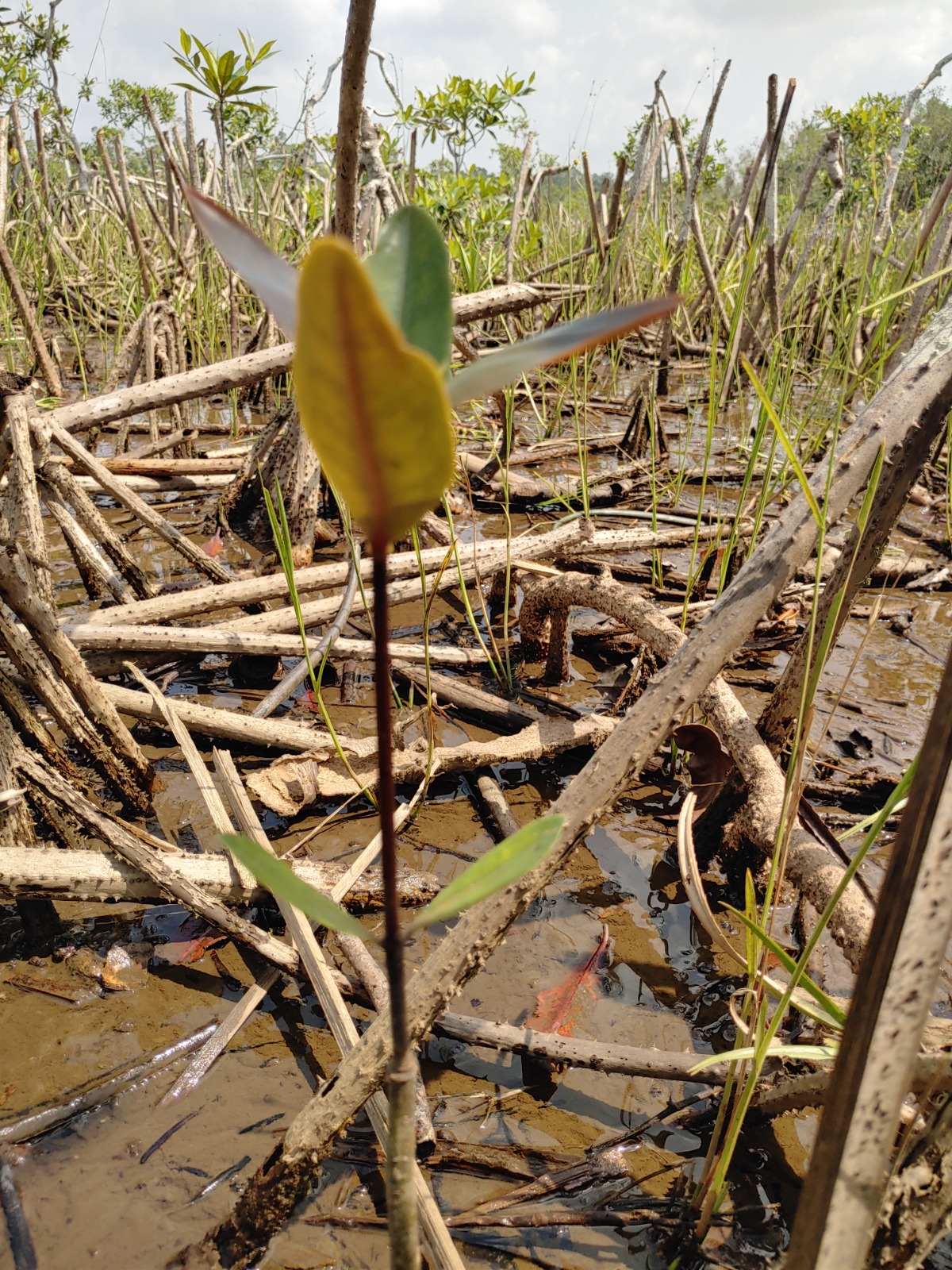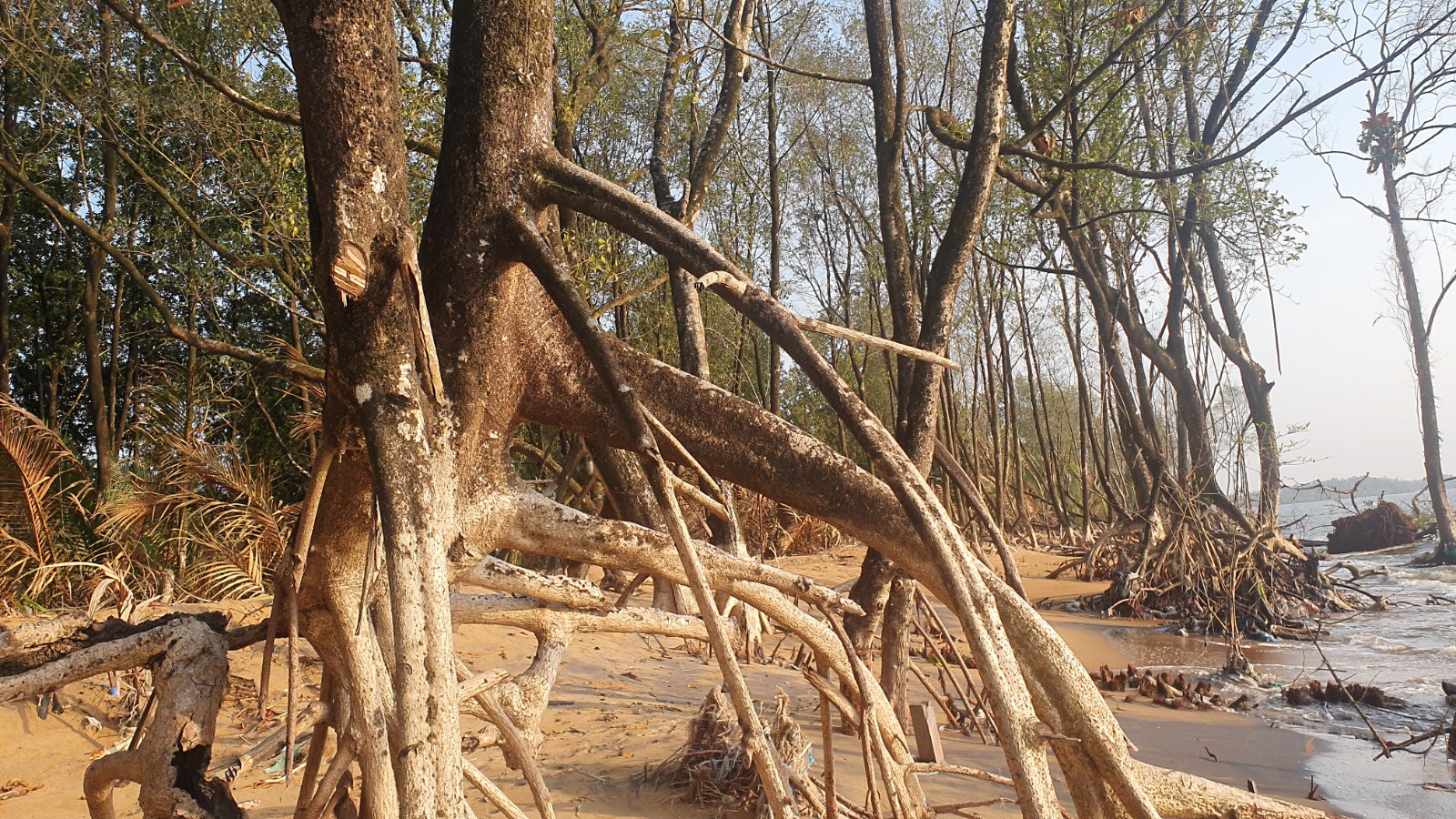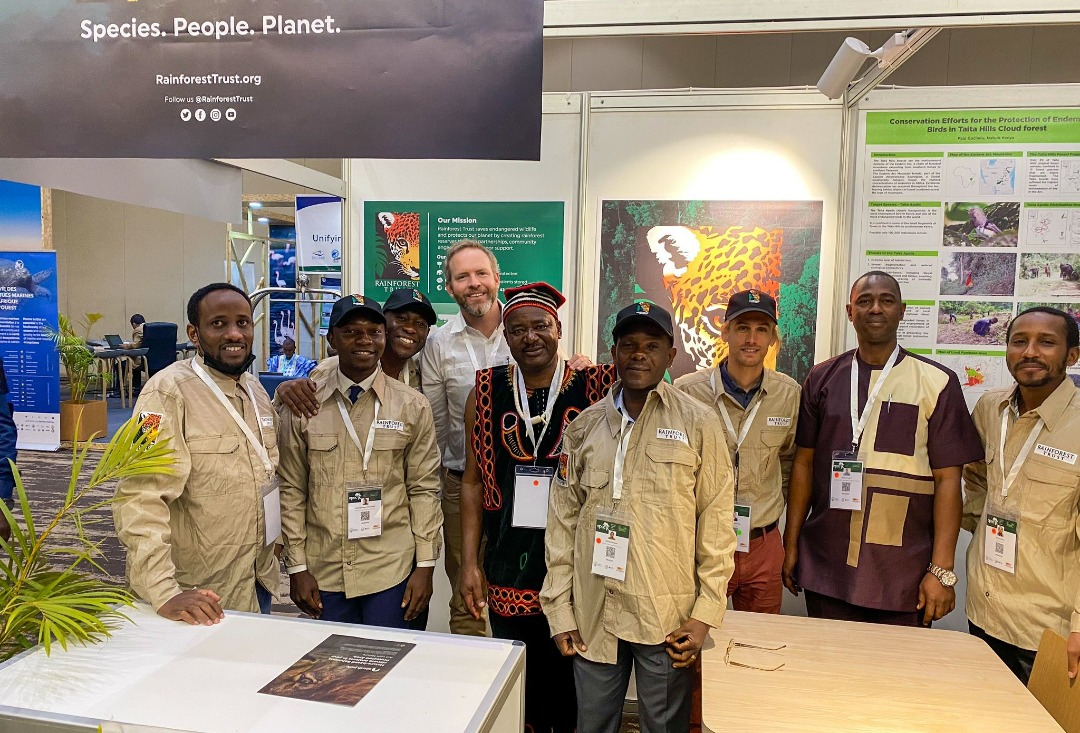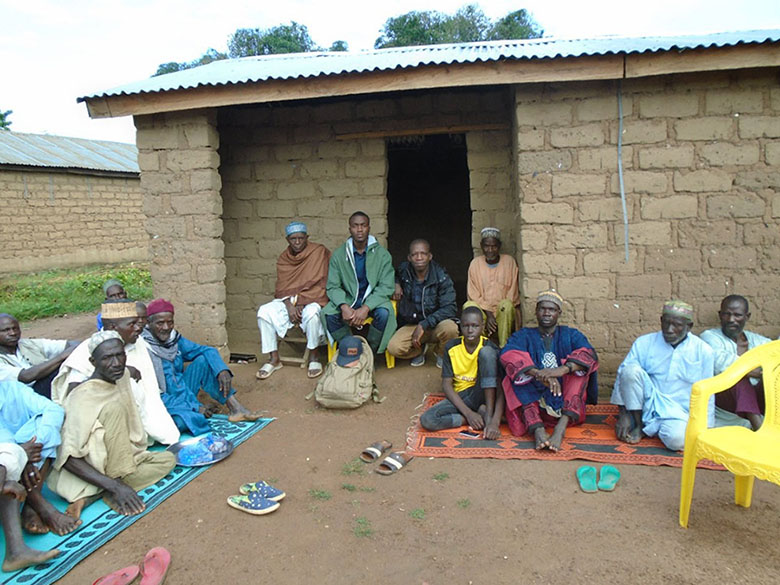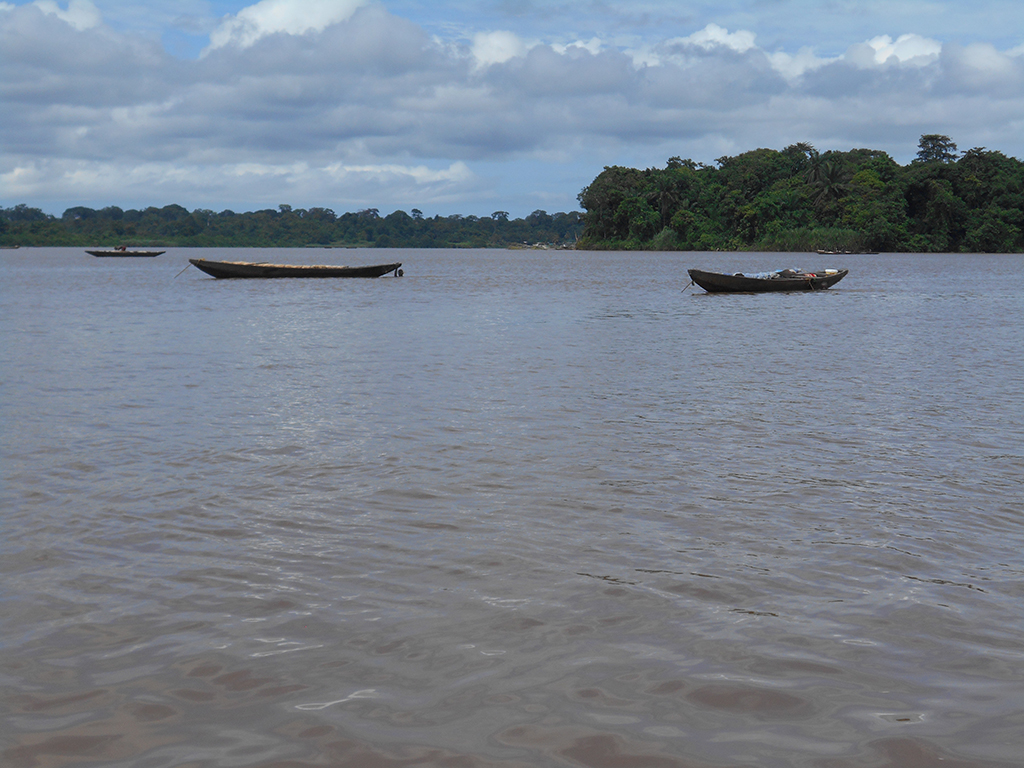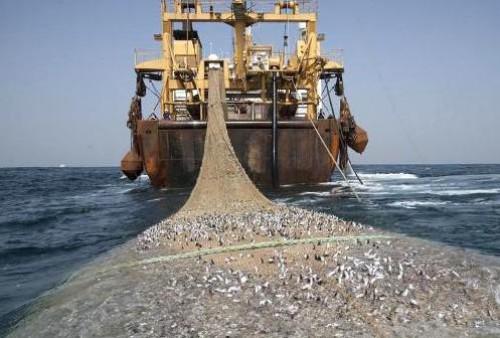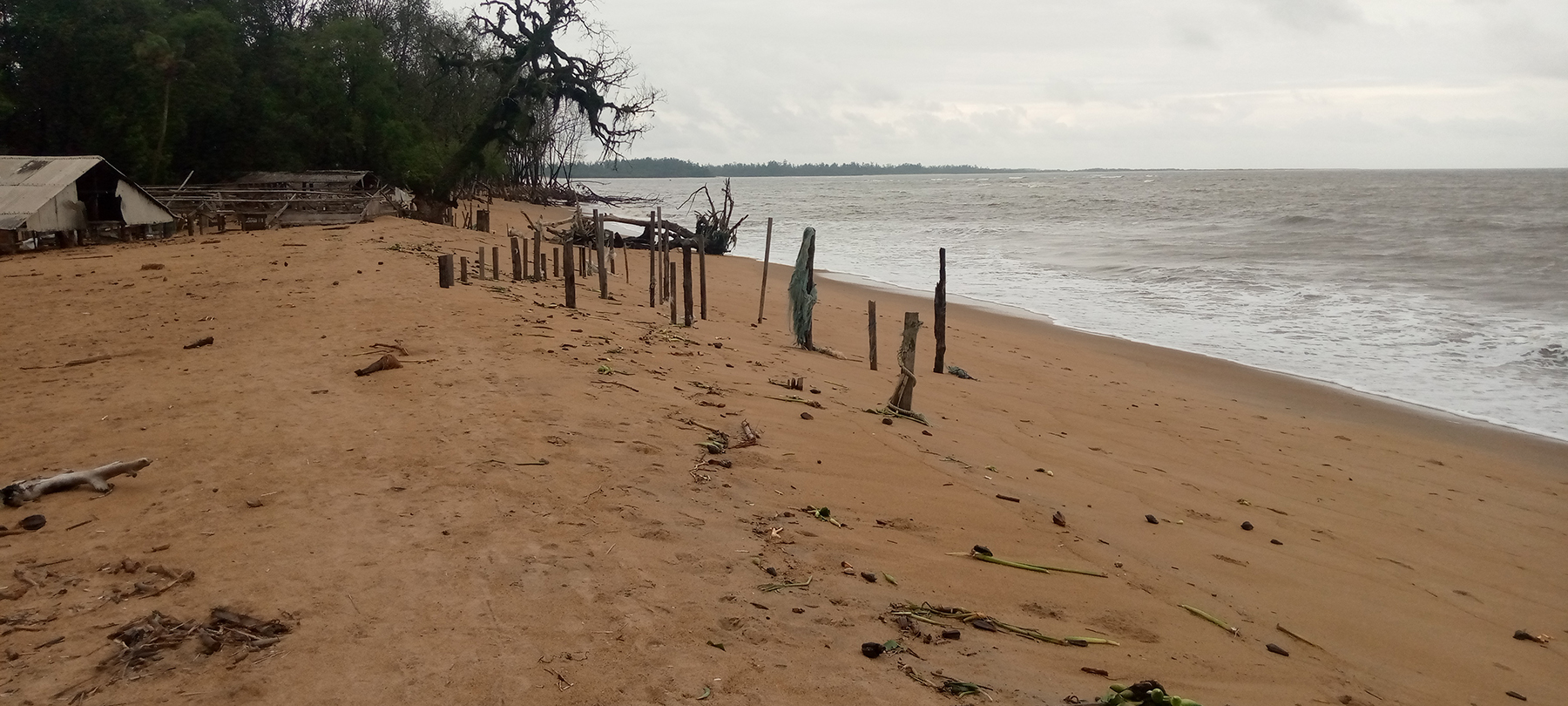Confirmed the presence of a small number of this endangered flagship species in the national park and surrounding multiple use zones. The survey team recorded signs of chimpanzee presence, through nest counts, feeding signs, footprints and direct observations. The survey results revealed that chimpanzees are mostly found in the northwestern and southwestern sections of the national park.
Central Chimpanzees are classified Endangered by IUCN. By national wildlife laws, the species is categorized in class A, meaning fully protected. The declining populations over the years is largely due to human activities such as poaching, illegal logging and deforestation. The survey results indicate Central Chimpanzees appeared to be the only protected wildlife population of this species located between the urban centers of Kribi, Douala and Edea. “Without mega fauna species such as chimpanzees and elephants, the forest ecosystem of the national park will be changed irreversibly by human activities,” the report stated. There is thus an urgent need to ensure protection of the Central Chimpanzees. According to Dr. Atanga Ekobo , CWCS lead scientist, the dry season survey helped identify Central Chimpanzee hotspots in the national park. “The survey will be used to establish a surveillance plan for the Park. The data shall be used for better planning and execution of law enforcement and surveillance operations in the park,” Dr. Atanga said.
To forestall further loss of Central Chimpanzee population, the survey recommended “immediate implementation of law enforcement in the park to combat poaching of Chimpanzees and other large mammals and to protect their habitats.” It also recommended training of game rangers in anti-poaching patrol and surveillance techniques and the putting in place of a park criminal intelligence units to gather data and information related to environmental and wildlife crimes. The Douala-Edea National Park covers a surface area of 300,000 ha of which 200,000 ha of coastal Atlantic Forest and mangroves and 100,000 ha of the marine ecosystem. It is the first ever marine and terrestrial national park in Cameroon.
